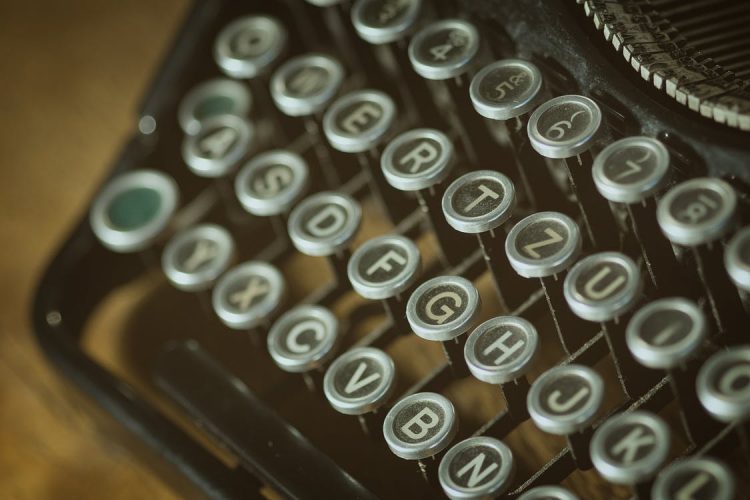You may be aware of the sometimes heated controversy over whether to use the well-known punctuation mark, the Oxford comma. However, the Oxford comma – used to separate the penultimate item in a series from and or, or – is not the only punctuation mark to draw ire. Here are three others that have been, perhaps unfairly, maligned.
Exclamation Point
1. The exclamation point. Experts warn that exclamation points can undermine your professional credibility. In How to Tell a Story, and Other Essays, Mark Twain derided the crudeness of “whooping exclamation-points.” Similarly, F. Scott Fitzgerald once told a fellow writer, “An exclamation point is like laughing at your own joke.”
While actually laughing at your own joke might be frowned upon, spoken communication lets you indicate that something is intended to be funny or sarcastic or exciting through tone of voice and facial expression. In written communication, you don’t have those tools available to you. Therefore, an exclamation point can telegraph tone and attitude in a way that mere diction can’t.
Granted, exclamation points are perceived as inappropriate in most formal situations, and using them to excess can rob them of their power. However, in less-formal writing, the occasional exclamation point can help you express some of the feeling behind your words. Don’t feel like you have to avoid them!
Ellipsis
2. The ellipsis. Those three dots can indicate multiple variations of trailing off. Though they appear frequently in text messages, they are hated by Lynne Truss, author of Eats, Shoots & Leaves, one of the most popular punctuation books of the early twenty-first century. Truss has called the ellipsis “the black hole of the punctuation universe.” Others may tell you to use ellipses only when they appear in quotations.
Truss and the others may have a point. In situations where you need to send the message that you know what you’re doing, such as as scholarship applications or emails to your boss, an ellipsis may undermine the image you’re trying to create.
However, in other situations – such as a text to a friend – your goal may be different. Using ellipses may be the clearest way to show that you’re still thinking about something…that you don’t know how to react to something…that you’re waiting to complete your thought until you hear back from the other person…plenty of things, really. Basically, in informal situations, if ellipses help you make your point, feel free to use them.
Semicolon
3. The semicolon. Many people are familiar with this piece of writing advice from Kurt Vonnegut: “The first rule: do not use semicolons. They are transvestite hermaphrodites representing absolutely nothing. All they do is show you’ve been to college.”
Even aside from the offensive and illogical insults related to sex- and gender-conformity, this advice isn’t the best. Some people have argued that Vonnegut was joking, and indeed, the context in which this quotation first appeared leaves his intent ambiguous.
It’s true that overusing semicolons can make writing look pretentious, especially when writing in informal contexts. However, semicolons are necessary in some cases, such as when dividing up a list of items that themselves contain commas. Also, semicolons sometimes convey the exact level of relatedness between two ideas; therefore, if you want to use them occasionally to join two independent clauses, please do.
Conclusion
For formal situations, it is usually safer to avoid controversial punctuation marks (especially the exclamation point and the ellipsis). Remember, though, that whether or not to use a given punctuation mark is a matter of circumstances and personal preference. The exclamation point, the ellipsis, and the semicolon are not intrinsically bad. You just need to make sure you only use them when they help to express the ideas you intend to express and the tone you intend to express them with.


